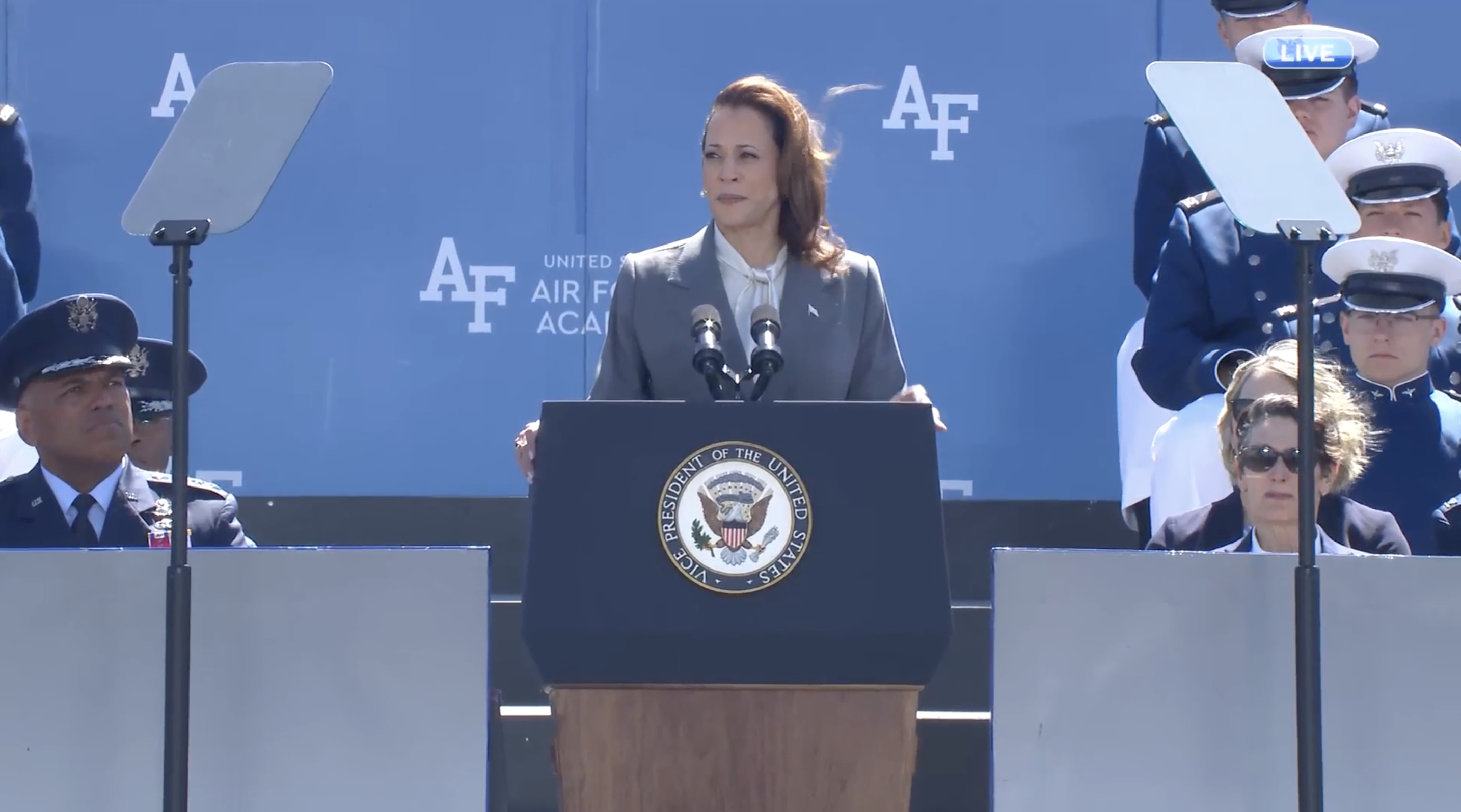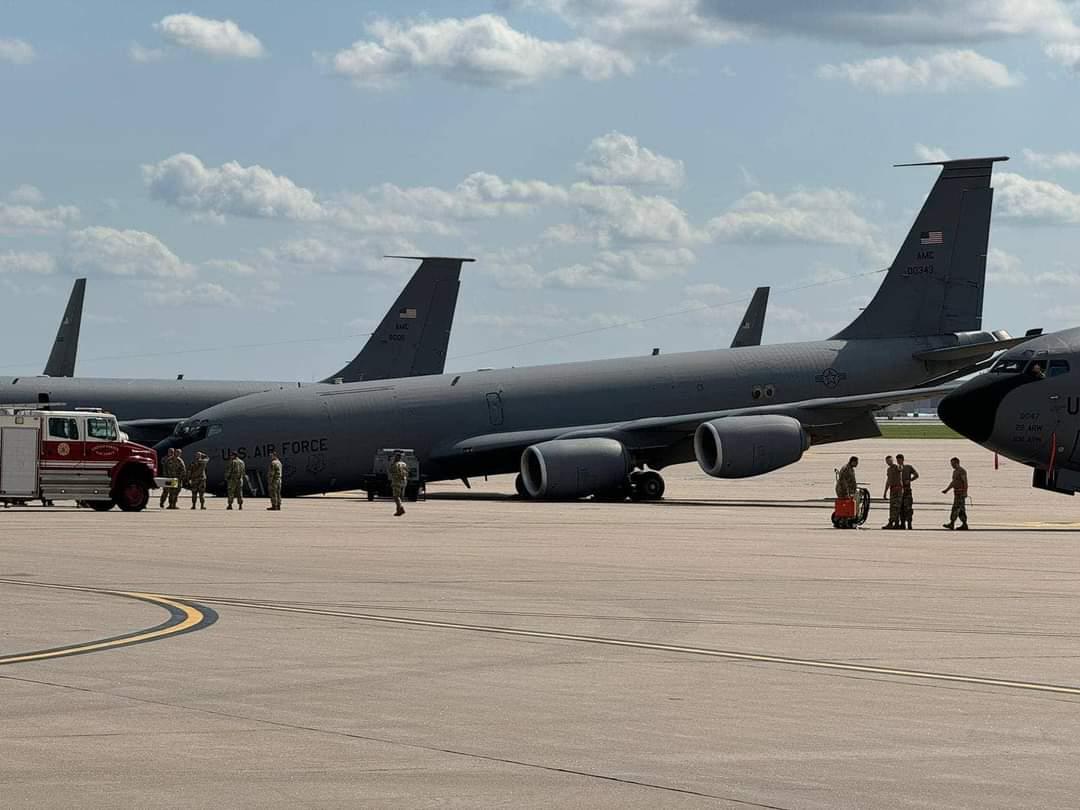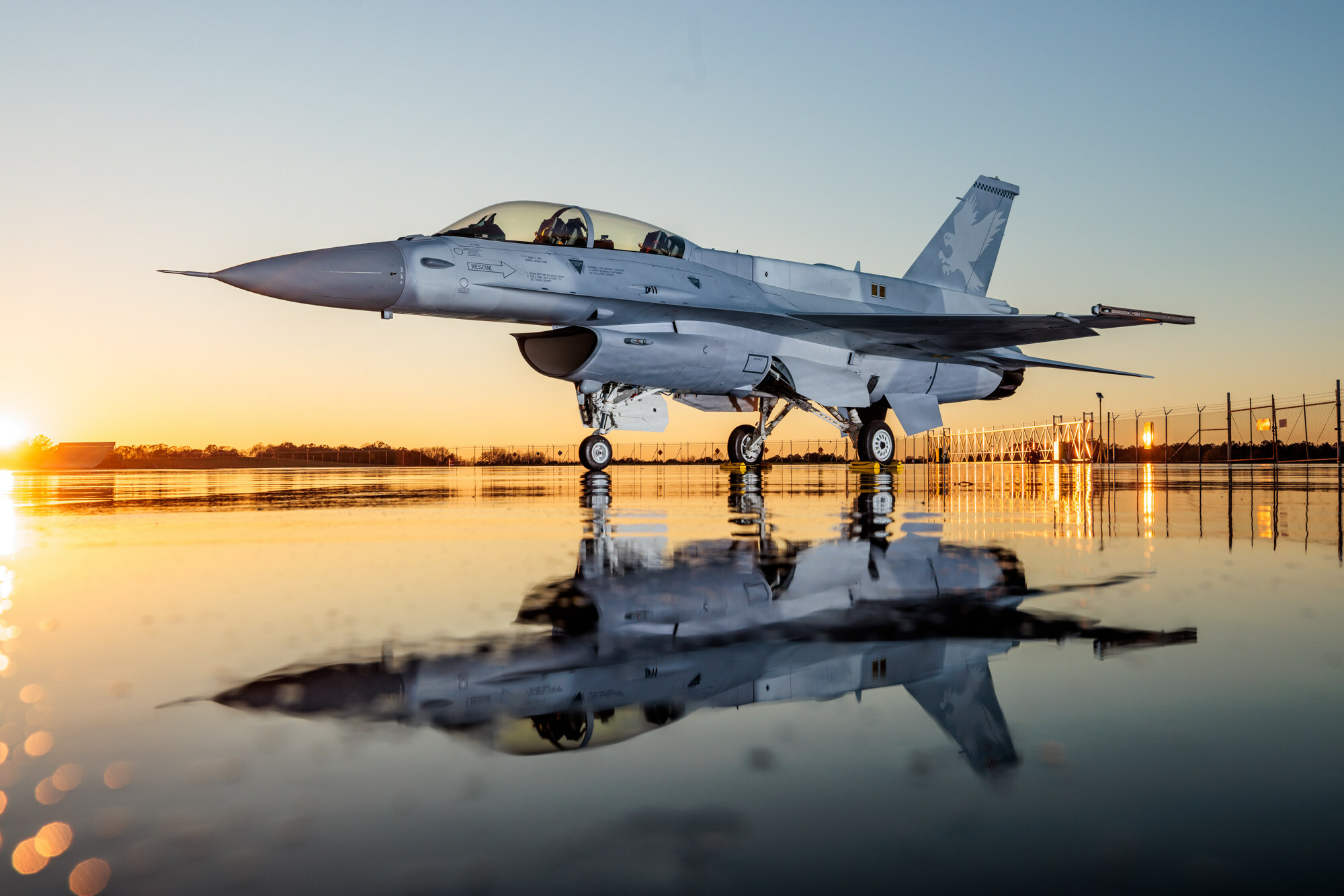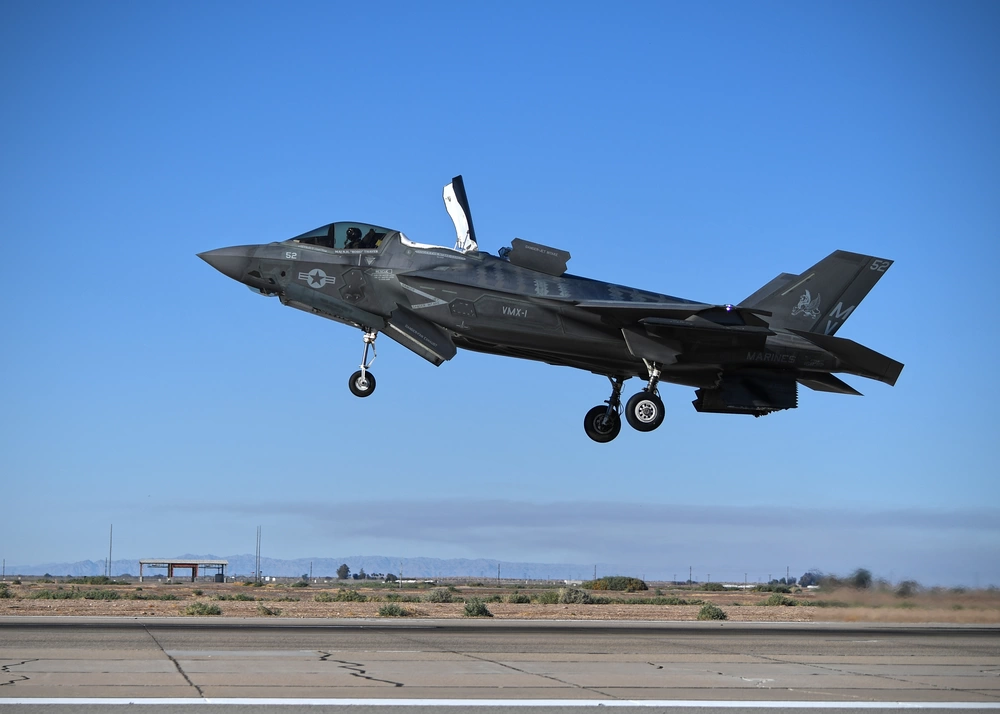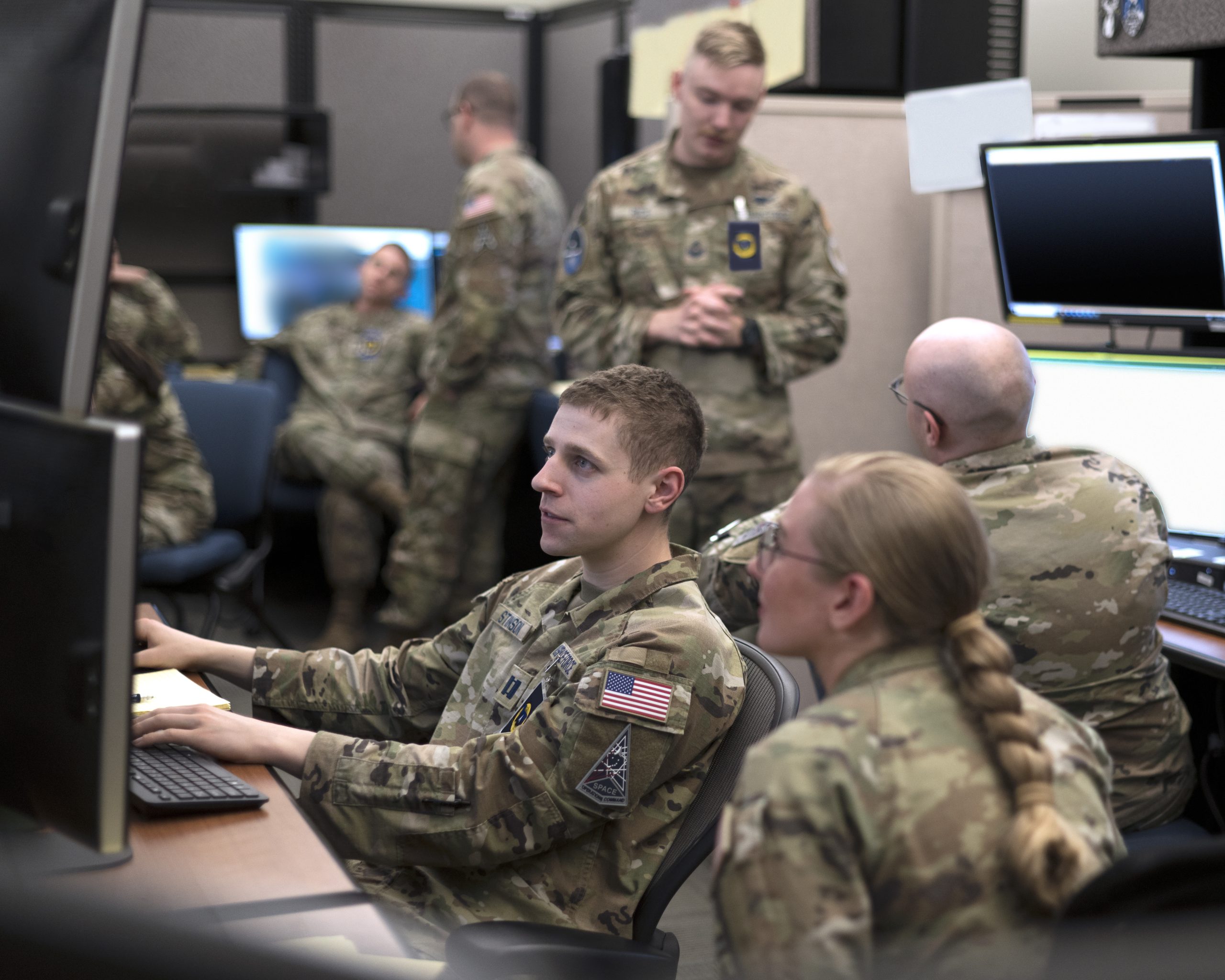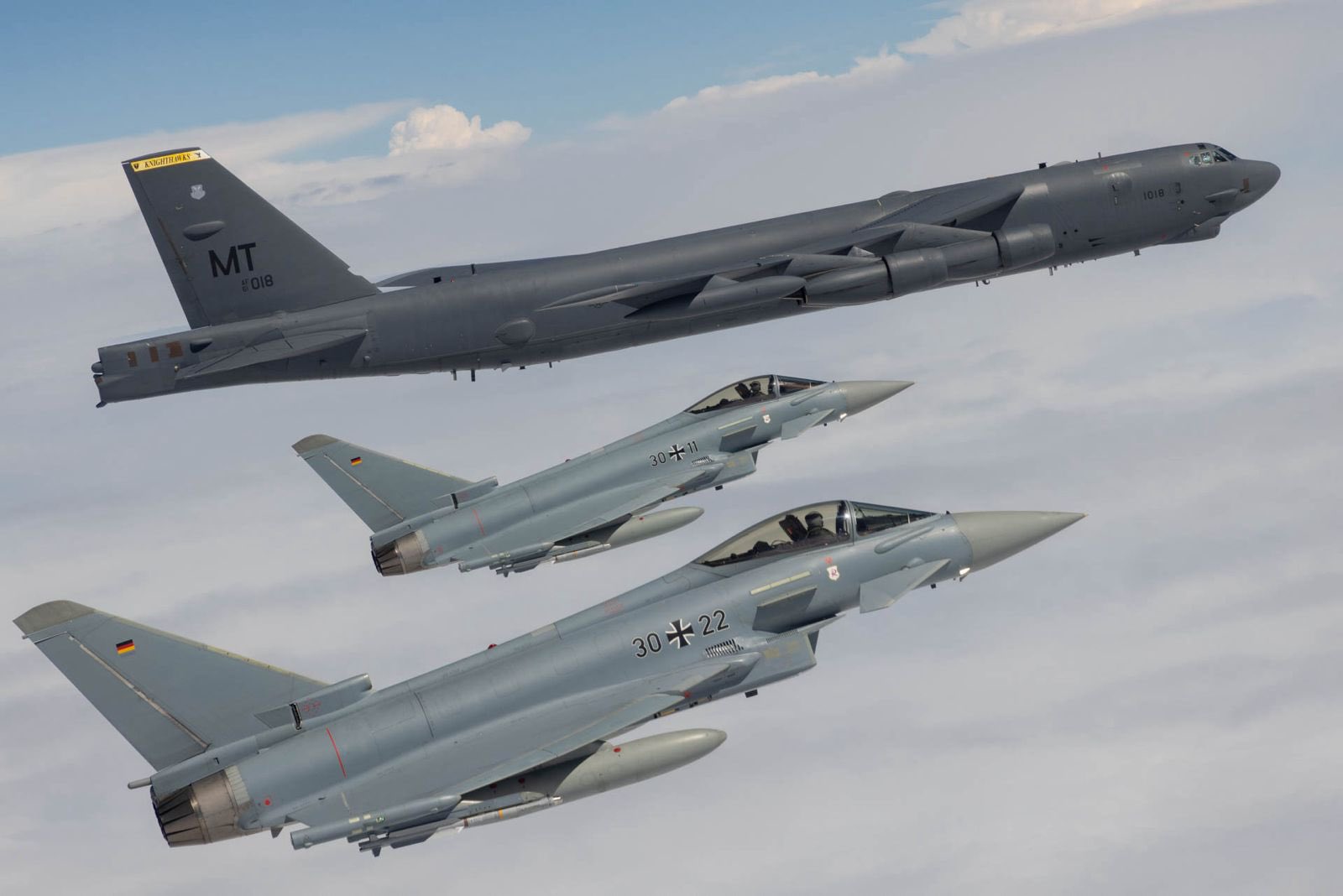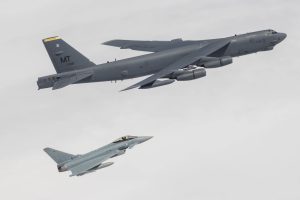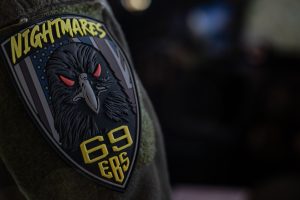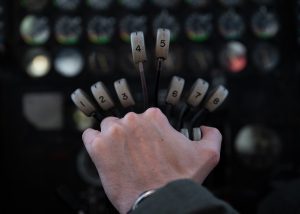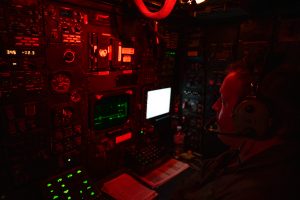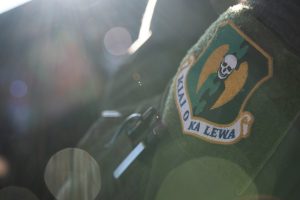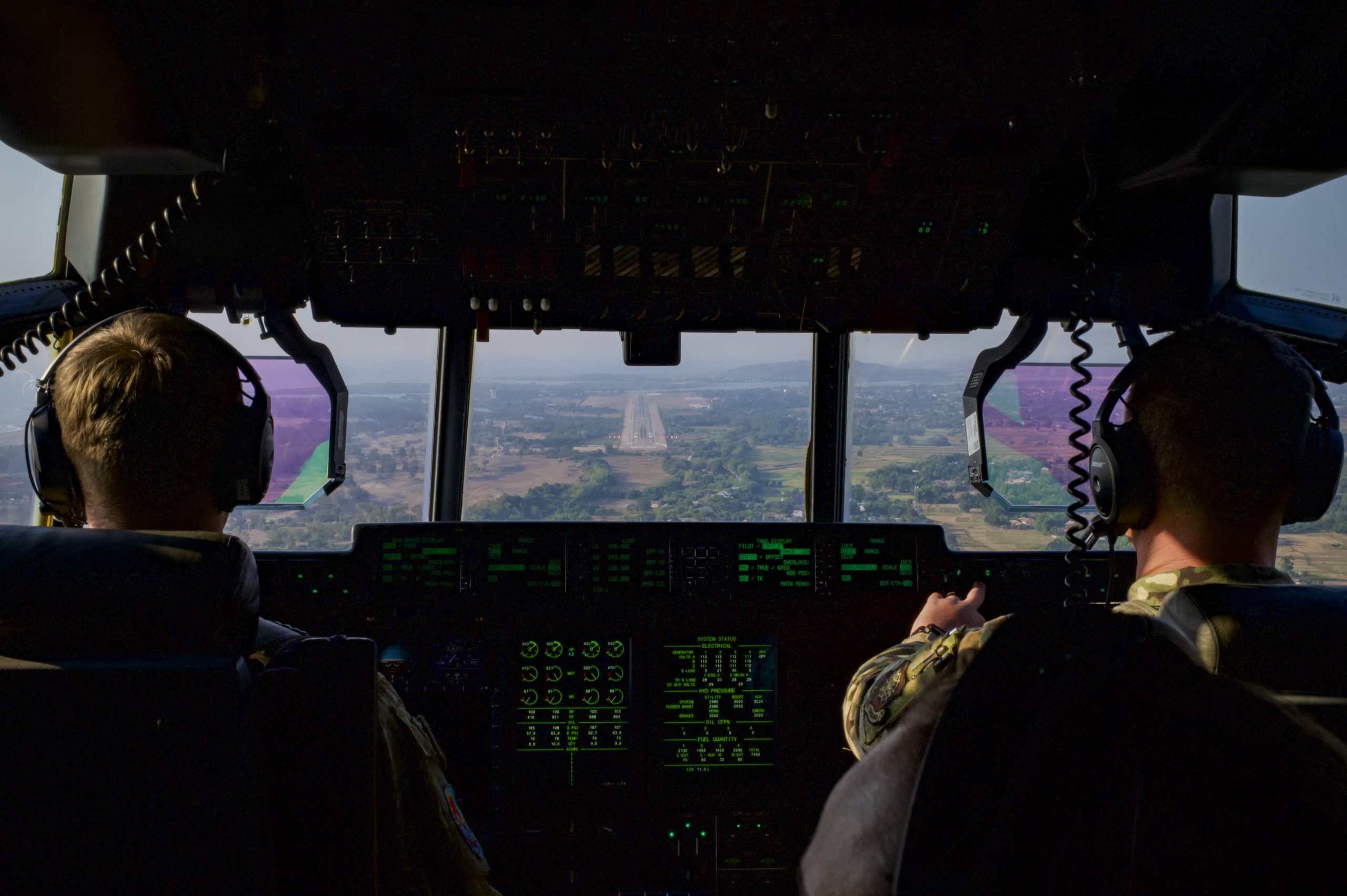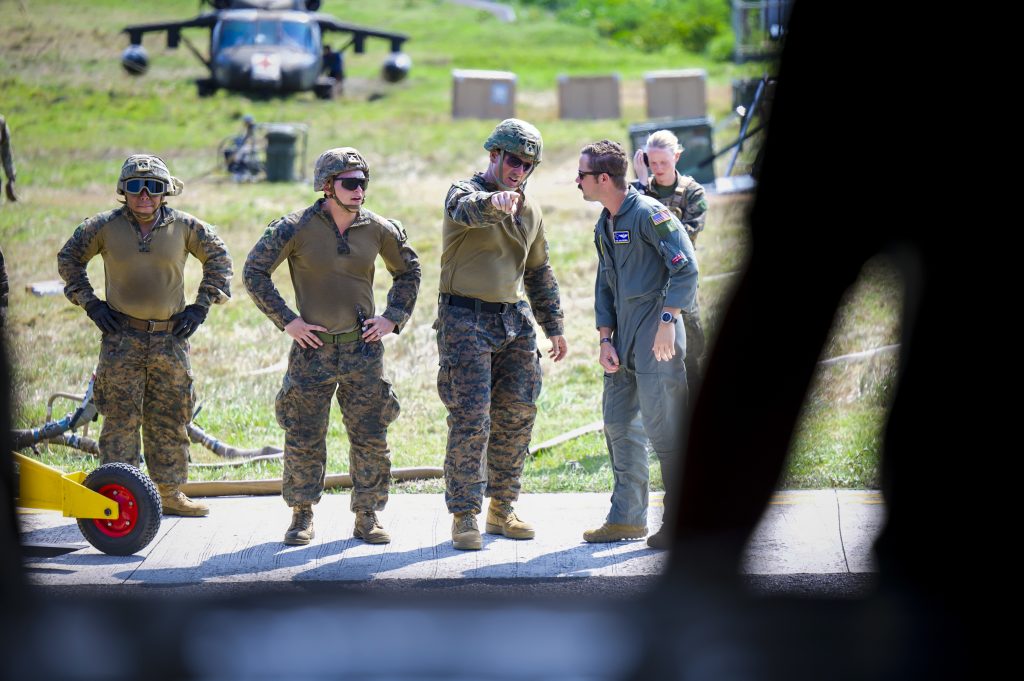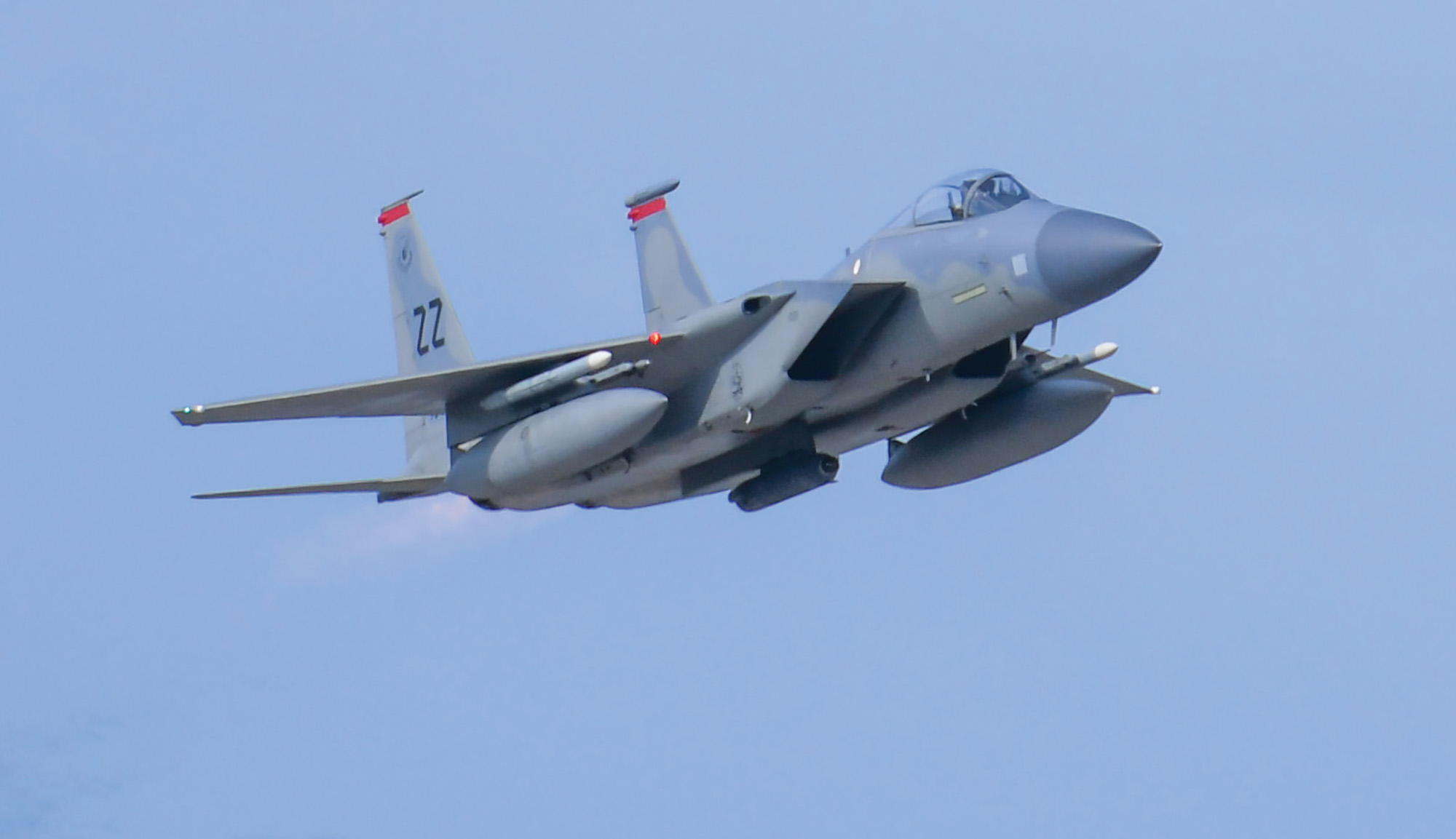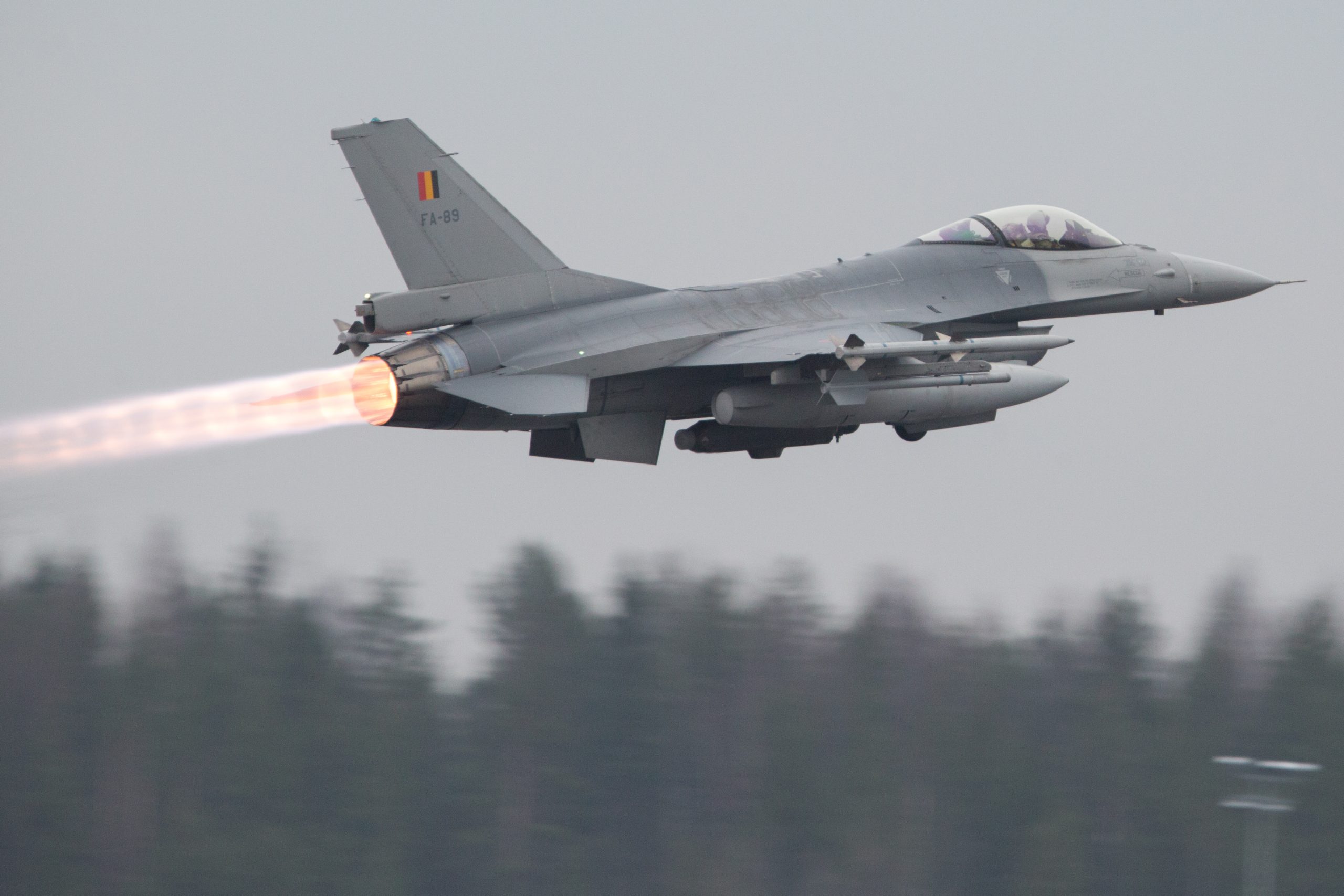Vice President Kamala Harris extolled the importance of air and spacepower during a graduation address at the U.S. Air Force Academy on May 30, arguing the nation needs dominance in both domains to secure its interests and ensure global stability.
“America’s record of air and space superiority has been unmatched and unbroken,” Harris said, noting the upcoming 80th anniversary of D-Day in June and the subsequent conflicts in which air and space have played pivotal roles.
That importance continues today, she added.
“Around the world, our allies are in awe and our adversaries in fear of America’s dominance in the air,” Harris said. “We see it on NATO’s eastern flank, where our air patrols deter Putin from extending and expanding his war of aggression. We see it in Ukraine, where our weapons deliveries and missile warnings help the people of Ukraine defend their homes and homeland, their sovereignty, and territorial integrity.”
The Air Force has regularly rotated fighter jets through eastern Europe over the past few years to conduct air policing missions, particularly over Baltic states like Estonia, Latvia, and Lithuania that don’t have robust air forces of their own and rely on NATO allies to help deter Russia. Most recently, F-35s deployed to Poland in April.
USAF officials have also argued the war inside Ukraine has demonstrated the importance of airpower, as without air superiority neither side has gained a decisive edge, resulting in a bloody stalemate. Leaders have also acknowledged that the conflict is driving larger questions about how and when to achieve air superiority.
Harris also noted the importance of the Air Force and Space Force in responding to Iran’s attack on Israel in April.
“It was our Air and Space Forces that mounted an unprecedented defense, along with our allies and partners,” Harris said. “More than 300 drones, cruise missiles, and ballistic missiles were fired at Israel and thanks to our Airmen and Guardians, 99 percent of those threats did not hit their target.”
Harris did not mention China, the U.S.’s “pacing challenge,” by name in her speech, but she did say USAF’s presence in the Indo-Pacific “ensures a free and open region.”
Air Force Secretary Frank Kendall went further in telling graduates that “you are beginning your careers during a strategic competition that is the greatest challenge our country has faced in modern times, perhaps in our entire history.”
“The People’s Republic of China has designed and built its armed forces with the goal to deter and defeat United States’ ability to project power, particularly in the western Pacific,” Kendall added. “That challenge and many others are waiting for you.”
Kendall went on to exhort the new officers to be responsible for the “operational readiness, culture, and command climate of your organizations,” echoing comments he and President Joe Biden made at last year’s graduation ceremony.
Ultimately, Harris said, the graduates are responsible for ensuring that the U.S. retains its airpower and spacepower.
“As it has been for generations, America’s national security and global stability depend on our strength in the sky and space,” she said. “And as officers, our nation is counting on you to preserve and extend that strength, including, I will add, through your ability to innovate.”
